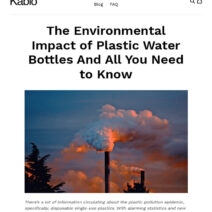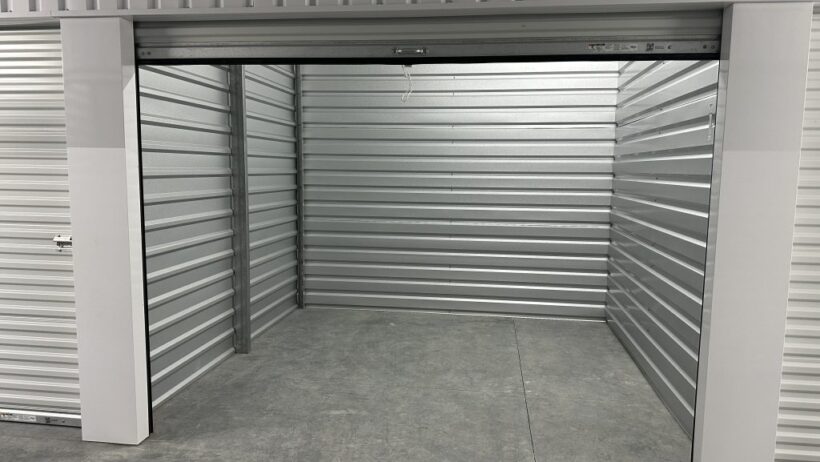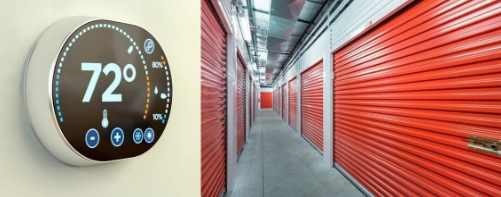When faced with the myriad of storage options available today, one may find themselves asking: what exactly are climate-controlled storage units, and do you truly need one? This inquiry is not just a mundane decision about where to stash your belongings but a consideration infused with implications for the longevity of your items and, indirectly, the environment.
So, what are climate-controlled storage units? In essence, they are specialized storage facilities designed to maintain a consistent temperature and humidity level. These units typically range in temperature from 55°F to 80°F, depending on the needs of the items stored within. This regulated environment is crucial for safeguarding sensitive belongings, such as electronics, documents, artwork, and antique furniture, from temperature fluctuations and moisture that can lead to warping, mold, and decay.
Now, one might ponder a playful question: if your beloved vinyl records or prized collection of vintage baseball cards could talk, would they plead for the comfort of climate control? Imagine the agony of an irreplaceable item succumbing to the ravages of time and humidity! While it may seem trivial to some, the implications stretch beyond personal value; they touch on a larger narrative regarding sustainability and the lifecycle of our possessions.
The need for climate-controlled storage units can often be dictated by the type of items one plans to store. For example, antique furniture, while seemingly sturdy, can be incredibly sensitive to changes in atmospheric conditions. Wood can expand and contract, leading to fissures and irreversible damage. Similarly, documents, especially those made from paper, are susceptible to warping or, worse yet, mold growth when exposed to high humidity. For essential records such as tax documents or family photographs, a climate-controlled environment may indeed be a necessity.
Transitioning from personal belongings to broader environmental implications, one must consider the challenge posed by climate control technology itself. On one hand, the preservation of items through climate control can lead to extended longevity, reducing waste and the environmental impact of producing replacements. However, on the other hand, these units utilize energy to maintain their conditions. What’s the balance, then? If an energy-efficient model is not employed, these units can contribute significantly to one’s carbon footprint.
Thus, energy efficiency becomes a crucial parameter when selecting a climate-controlled storage unit. Facilities that utilize advanced insulation and energy-efficient systems can mitigate environmental impact while still offering the necessary protection for your valuables. Consequently, it is prudent to assess whether the storage facility has adopted eco-friendly practices, such as utilizing renewable energy sources or implementing energy management systems.
But let us not stray too far into the abstract. Take, for instance, the question of whether you truly need a climate-controlled storage unit. Factors to consider include the local climate where the storage facility operates. In regions with extreme weather fluctuations—where summers sizzle and winters freeze—items are at risk if left unregulated. If you live in these areas, climate-controlled units may not just be a luxury; they might be a requisite.
Moreover, the nature of the items you are preserving plays a decisive role. If you’re storing basic household goods such as seasonal clothing or common tools, a regular storage unit may suffice. However, for items with intrinsic sentimental value or financial investment—think family heirlooms or high-end electronics—a climate-controlled environment can provide peace of mind against the destructive forces of nature.
It is also worth considering the duration for which you expect to need storage. Short-term storage, during a transition period such as moving or home renovations, may not warrant the extra expense of climate control. Conversely, long-term storage, especially spanning several months or years, could justify the investment, considering the potential degradation of items exposed to less-than-ideal conditions.
Additionally, another often-overlooked consideration is the organization and accessibility of your stored items. Climate-controlled units might offer superior security features and better monitoring systems, ensuring that your belongings remain safe and sound. A well-maintained facility reduces the risk of theft and damage, thereby enhancing the overall experience of unit rental.
Ultimately, the decision to opt for a climate-controlled storage unit boils down to individual circumstances and the specific needs of your belongings. Are your items covered by insurance? If so, does your policy extend to storage units, and does it require climate control? This is yet another puzzle piece in the decision-making process.
Thus, the exploration of climate-controlled storage units reveals both practical and philosophical layers. You are faced with a potential challenge: balancing the care of your possessions with the environmental impact of the solution you choose. It incites an introspection on consumer habits and the sustainability of our choices. By vigilantly assessing what you store, how you store it, and the resources consumed in the process, you ensure that your choices resonate harmoniously with the larger narrative of climate responsibility.
In conclusion, the question remains: do you need a climate-controlled storage unit? Only you can answer, but the implications ripple beyond mere convenience. They delve into understanding our responsibility to preserve not only our items but also the environment. Proceed thoughtfully, and may your choices reflect a commitment to sustainability.








